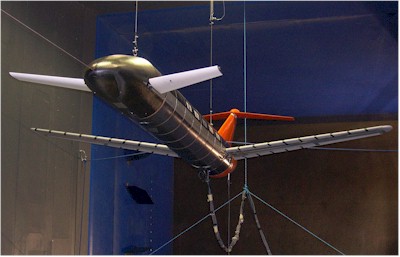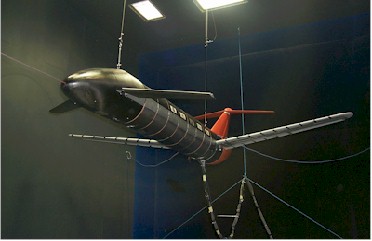Prof. Sergio Ricci - DAER PoliMI
Aeroelastic control
Active control appears to be one of the possible solutions to significantly suppress negative aeroelastic effects: literature, but first of all aeronautic history is providing examples where active control turned out to be very efficient in improving aircraft dynamic response, or simply whenever structural constraints (such as when highly flexible wings are used) can be a limit to aircraft performances. Aeroelastic control can be applied using classical control surfaces, i.e. ailerons or adding to the aircraft new surfaces specifically desinged for aeroealstic control purpose. A special kind of aeroelastic control is one based on the use of many control surfaces simultaneously so to improve a specific aircraft performance index. Much interest is nowadays dedicated to the possibility to continuously modify and adapt the shape of future aircraft wings, naturally more flexible due to the use of advanced materials, to guarantee the maximum afficiengy for the entire flight mission.
ASDL is active in the field of Aeroelastic Control since the european project 3AS (FP5). We developed numerical tools, specific applications but over all dedicated technologies for the manufacturing of aeroelastic models to validate different approaches in the POLIMI's Large Wind Tunnel. Together with the models, ad hoc hardware and software tools have been developed, from dedicated on-board computers and data acquisition systems, as well miniaturized alectric actuators with sufficient bandwidth for realistic applications (tipically 15Hz).
 |
 |
| The X-DIA platforms with two different configuration of foreplane | |